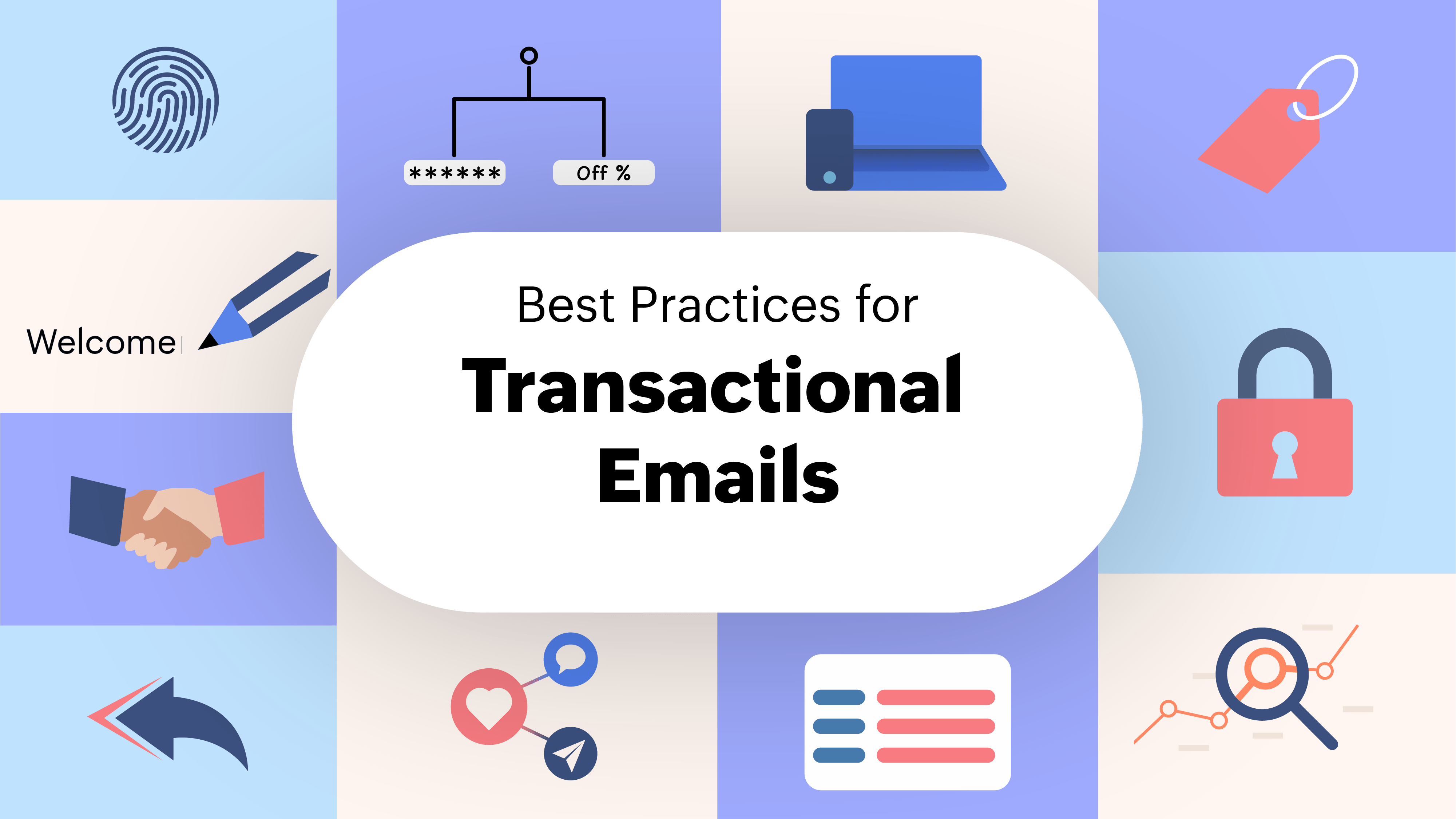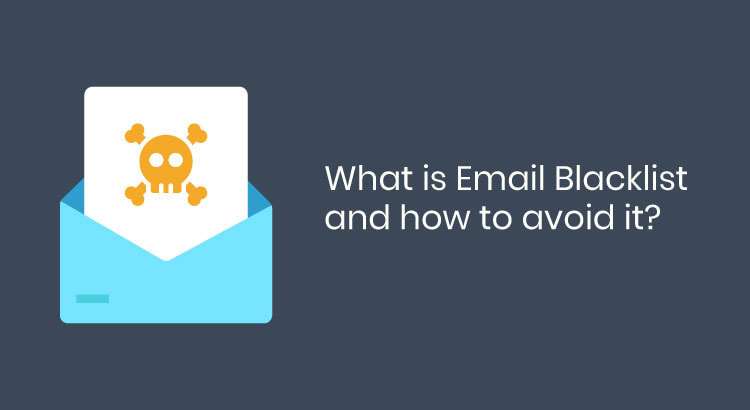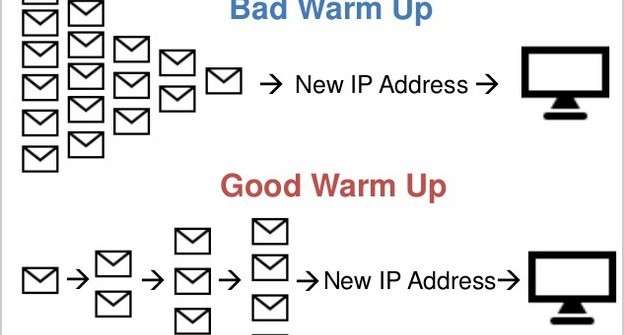1,746,292 total views, 12 views today
While transactional email service and marketing emails serve different purposes and have different permissions, they should both contribute to a great brand experience. Let’s look at how transactional emails can assist you in strengthening your brand.
1. Match the tone and look of your emails to your brand
Transactional emails that appear to have been rushed, developed, and written by the back office or fulfillment staff might be detrimental to your business. Your emails should always reflect your company’s voice, look, and feel.
2. Use an email address that is easily recognizable and readable
You might have come across email addresses that you didn’t recognize while going through your inbox. They could use cryptic “From” addresses, unusual reply addresses, or strange email subdomains. They’re only a couple of clicks away from being removed or labeled as spam! Make it easier for recipients to find your transactional emails by making them stand out. Set avatars and use a readable “From” name, a simple reply-to address, and a simple reply-to address so people can recognize your brand at a glance. Gravatar can help you with this.
3. Use “no-reply” addresses as little as possible
No-reply email addresses appear to be the rule rather than the exception. “This is a system-generated email, and replies to this address are not monitored,” for example, can be included in the email’s content. What kind of message do you deliver to your clients?
4. Make your subject line and preheader material as brief as possible
Transactional email subject lines and pre-header text, in contrast to marketing emails, should be brief and to the point. Make sure the subject line of your email is appropriate for the recipient.
5. Separate promotional emails from other emails
Promotional emails aren’t urgent because the recipient isn’t anticipating them, so even if they’re delayed, it won’t be a problem. Regarding customer emails, transactional emails should be prioritized because they are urgent and must reach the receiver right away.
Promotional emails are frequently flagged as spam or moved to a separate promotional folder from the user’s inbox. Sending transactional emails from the same service as promotional emails can have an impact on transactional email deliverability. Using distinct services to send transactional and promotional emails will assist ensure that your critical transactional emails reach your customers on time and aren’t accidentally filtered into the spam bin.
While most providers allow users to send both marketing and transactional emails, sending transactional emails entirely via a dedicated transactional email service can improve deliverability.
6. Make sure your email templates are mobile-friendly
How do you make sure that everyone can access and read tens of thousands of transactional emails? You employ responsive design for your email templates, just like you do for marketing emails. From small mobile devices to big computers, your emails will appear great.
7. Use genuine, one-of-a-kind metadata
The meta-information in your email serves as your company’s first impression. Based on the information you supply in the address, subject, and header text, the receiver may open, ignore, or flag it as spam.
The recipient will doubt your validity if your email address does not match your brand name. As a result, make sure your address includes the name of your domain or company. For example, [email protected] or [email protected]. When possible, avoid using “no-reply” email addresses, as they convey the appearance that you only want to communicate to your subscribers and not listen to them.
Finally, make sure the subject line communicates the email’s goal and encourages the recipient to open it. Hiring a content writer with experience in advertising can help you enhance your email text, which can boost your open rate and overall customer experience.
8. Pay attention to security and authentication
To prevent your emails from being rejected or ending up in the spam bin, use email authentication mechanisms. Authentication is another crucial component in improving the security of your connections and data.
The Sender Policy Framework (SPF) is an authentication solution for transactional emails that works well. During the delivery of an email, this email authentication mechanism identifies the falsification of the sender’s address. The DNS record provides the IP addresses and servers that are allowed to deliver emails from that domain.
DomainKeys Identified Mail (DKIM), which focuses on detecting sender addresses that may be bogus or fraudulent, is another useful strategy. This TXT record, like SPF, is added to the DNS record and allows the email recipient to verify whether the domain owner has allowed the email. Another possibility is DMARC (Domain Message Authentication Reporting and Conformance). Because your DMARC will not receive any email if SPF and DKIM checks fail, it protects both the sender and the recipient against email spoofing.
Finally, if transactional emails are a part of your payment process, pay extra attention to PCI compliance to minimize data breaches, avoid fines, safeguard customers, and improve your brand’s reputation.
9. Write for your clients
Transactional emails should always have a clear goal in mind. They should clearly state why a user has received your email, what they should do with it, and how they should proceed. Also, certain communication patterns in automated emails should be avoided. Humor, for example, might be funny in person but fall flat or even be misconstrued in writing. Make sure you use cultural intelligence in every engagement, even if it’s just a few lines in an automated email.
10. Make a plain text version available
Giving your readers the option of receiving plain text emails rather than image-filled versions is always a good idea. Your email’s delivery and accessibility will both increase because of this. One thing to keep in mind when generating the plain text version is that the text and HTML content should not differ much.





